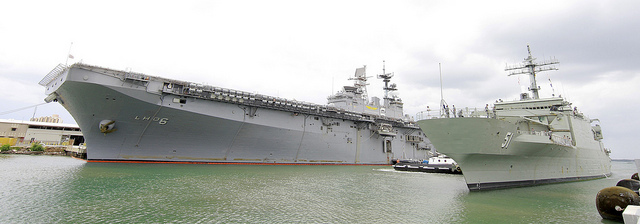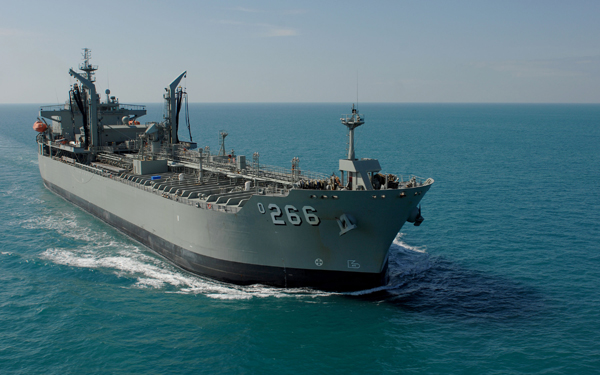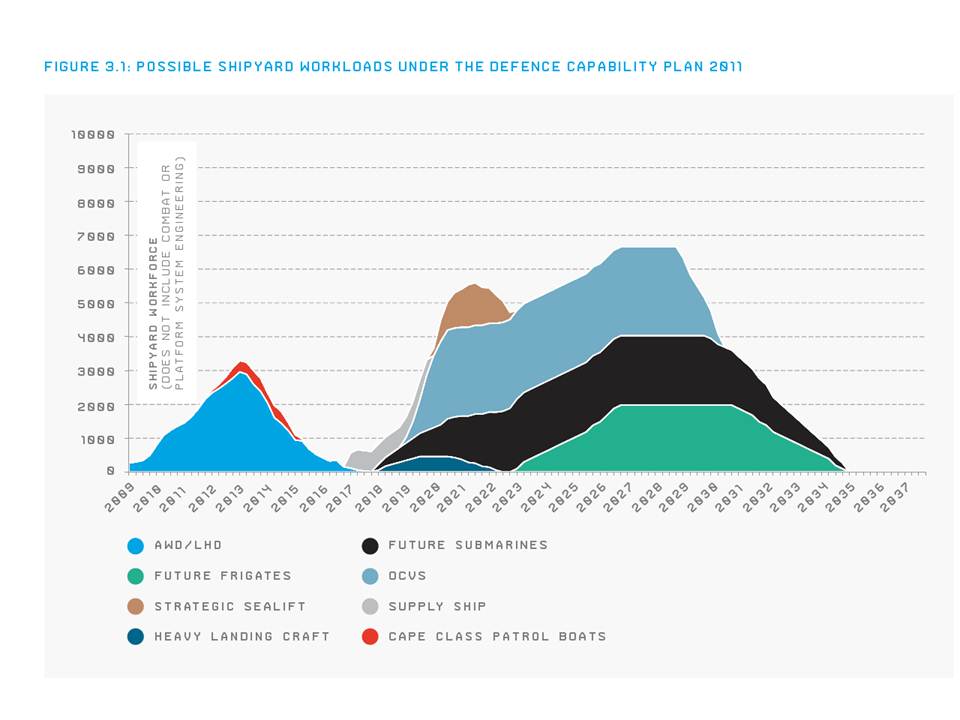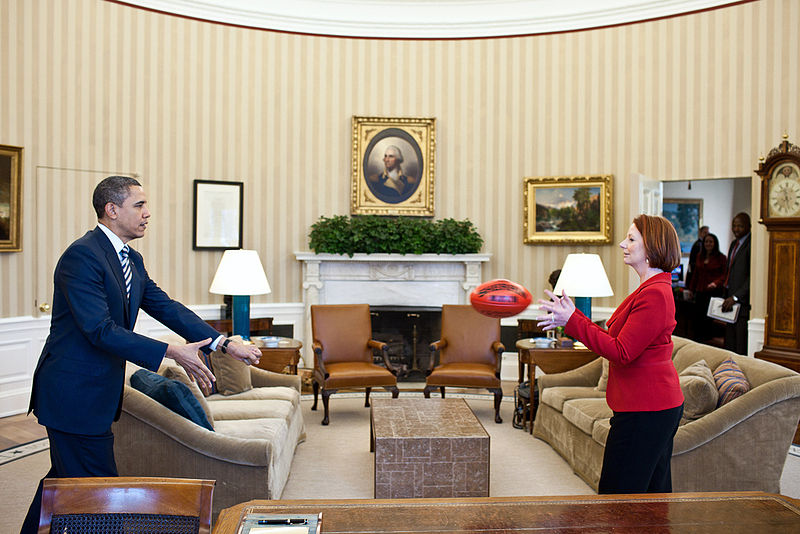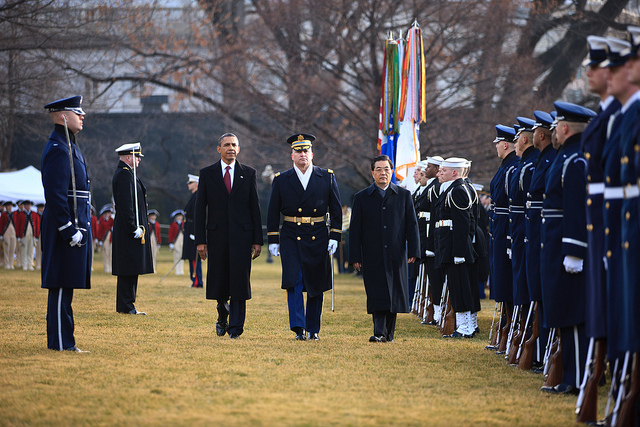DWP 2013—what will the Americans think?
The Defence White Paper 2013, like most of its recent predecessors, emphasises the United States Alliance, even to the extent of capitalising ‘Alliance’ whenever used in relation to the US. The document counts no other countries as Australian allies, characterising different friends instead as ‘partners’—even New Zealand. Once it becomes aware of this (as I write this, 18 hours after the document’s release, it hasn’t broken on any of the sites I track here in the USA, despite it still being Friday) I have no doubt the US will be gratified by the relationship’s pre-eminence in Australia’s Defence policy. Those American policymakers who look particularly in Australia’s direction might have more nuanced reactions.
Americans will notice the attention paid to the American rebalance to the Asia-Pacific. Those closest to Pacific Command (the military Proconsulate responsible for that region) will probably welcome the White Paper’s use of the term ‘Indo-Pacific’ in contrast to ‘Asia-Pacific’. This is an example of Australia providing a regional perspective to common issues which many informed Americans appreciate, but are constrained from adding themselves for various institutional reasons. By raising the idea of an emerging Indian Ocean economic zone (distinct from the North Atlantic or Pacific Rim zones), the White Paper contributes usefully to discussion in the US, where geo-political orthodoxies can be hard for insiders to overturn. Read more

